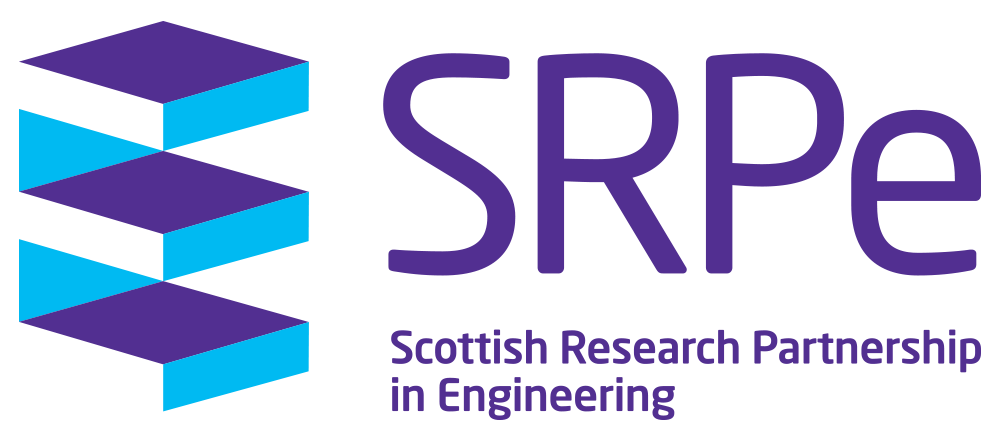Developing Enhanced Modelling Capabilities for Predicting Internal Flow Dynamics in Semi-Enclosed Estuaries and Fjords
PEER Award Holder: Dr Alan Cuthbertson, University of Edinburgh
Understanding the hydrodynamics in coastal regions of restricted exchange (RREs), such as estuaries, tidal inlets, fjords and sea locks, is crucial to predicting short and long-term impacts on water quality and ecosystems from increasing human activities and / or climate change. Within RREs, the exchange of water, nutrients and / or pollution with open marine waters can be strongly regulated by channel topography and bathymetric features (e.g. submerged sills, sand bars) that can accentuate these impacts by increasing pollution or nutrient retention times through reduced flushing capacity. This PEER project will involve a 3-week visit to the Department of Mathematics at the University of Bergen (UiB) to develop collaborative relationships and new research capabilities with academics and industry stakeholders to help address current environmental and socio-economic pressures within these RREs.
This collaborative activity will involve joint development of a new hydrodynamic modelling tool, based on the Bergen Ocean Model (BOM), to help improve understanding of internal hydrodynamic processes in these RREs, such as exchange flow dynamics, basin stratification, mixing and circulation patterns. This will target improvement in current model capabilities to predict the occurrence of critical water quality issues, such as deoxygenation and eutrophication, that arise from harmful human activities (e.g. aquaculture, wastewater disposal and/or pollution spills) and increasing climate-driven pressures (e.g. sea level rise, temperature and salinity changes). As such, an integral part of the PEER activity will involve targeted meetings with wider academic research institutes (e.g. UiB; NORCE; Institute of Marine Research, SAMS), environmental regulators (e.g. SEPA; Marine Scotland) and relevant industrial sectors (e.g. fish farming; mining; tourism boards; highways agencies) to outline key challenges and research opportunities for more sustainable development in these important aquatic assets. These discussions will therefore focus on maximising benefits and minimising risks to coastal environment and the economies of Scotland, Norway and wider EU.
